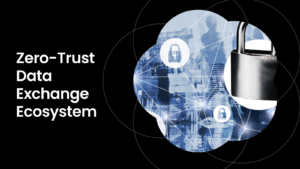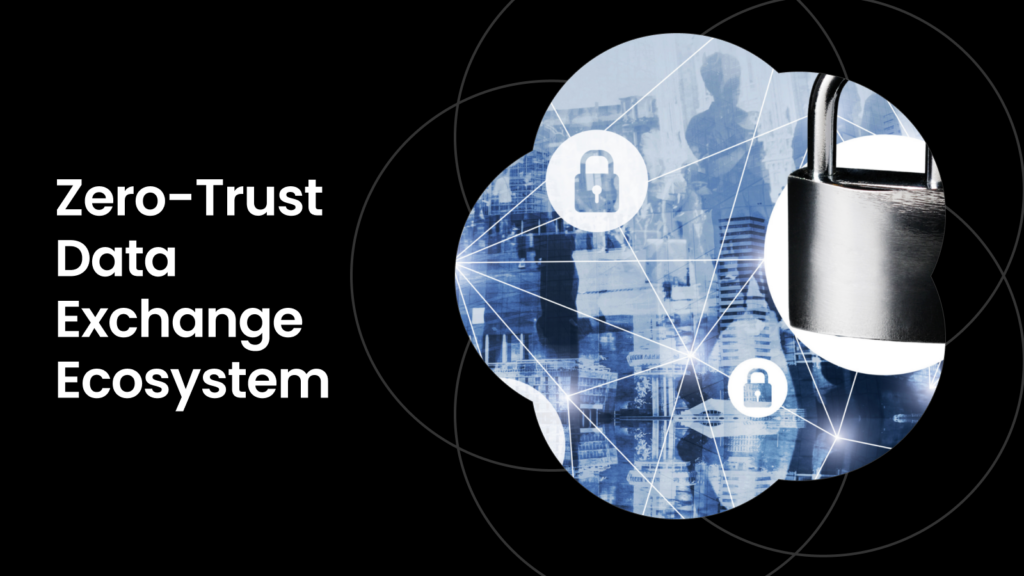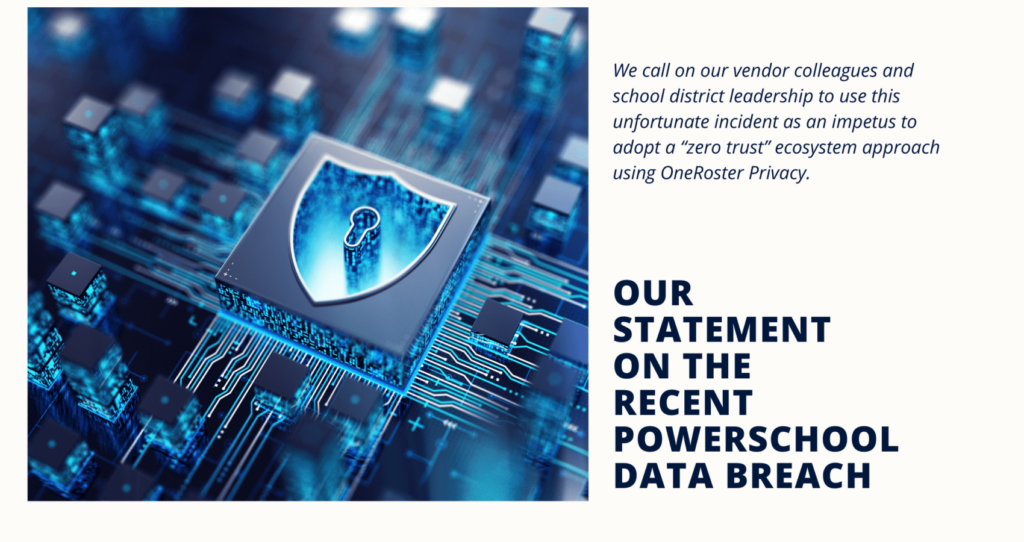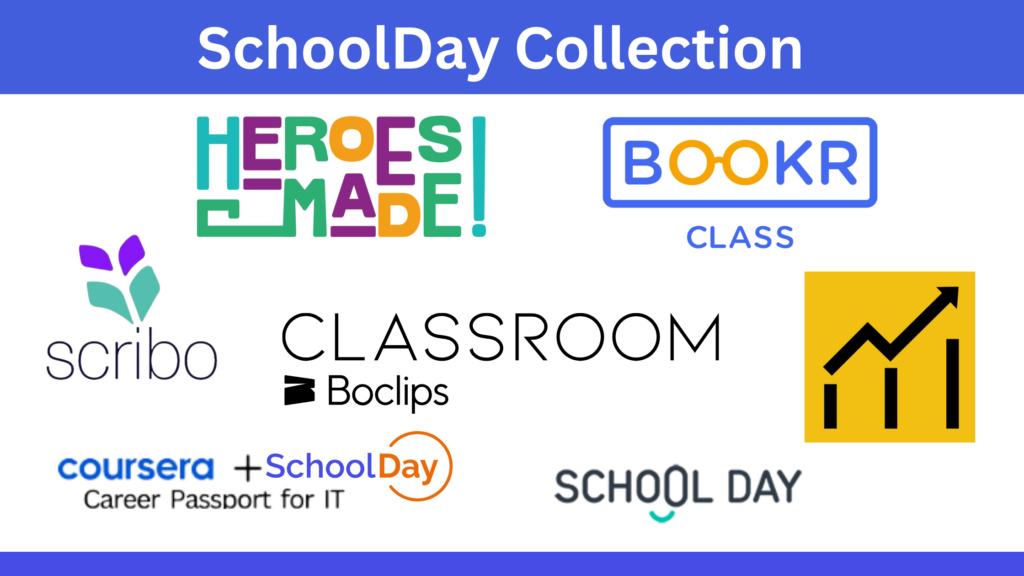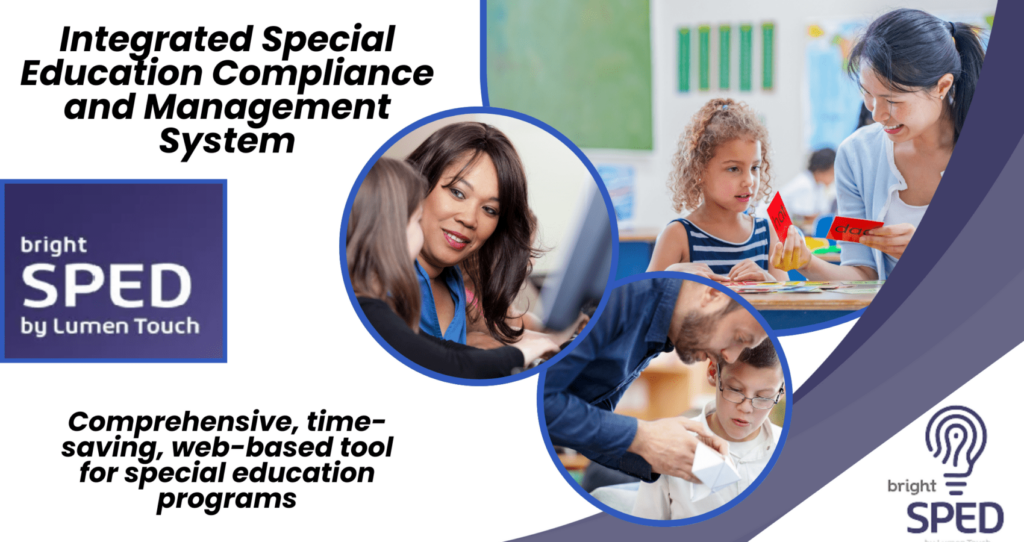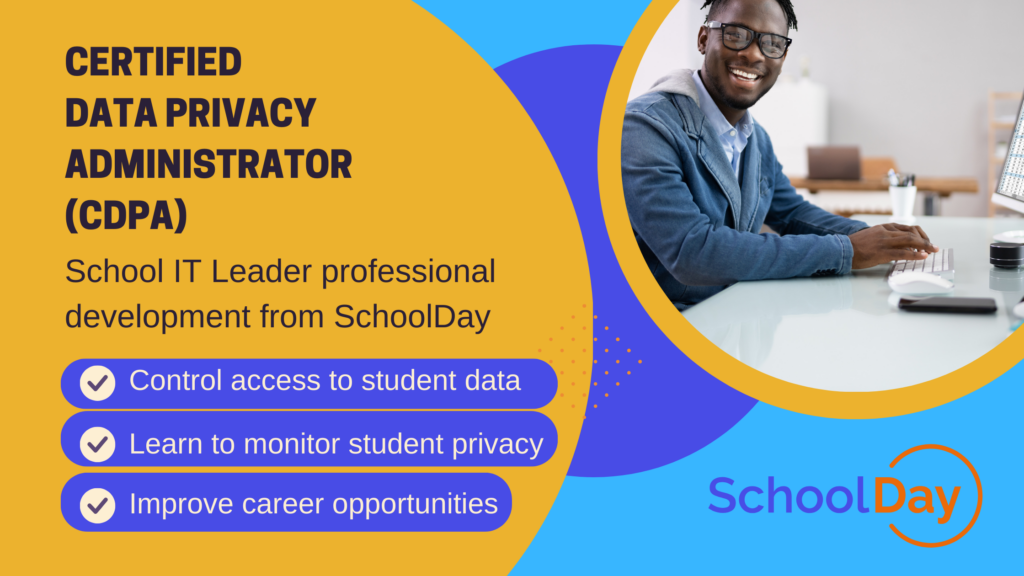Data integration has become more challenging for K-12 schools. According to K12 Dive, “there have been 102 education-related ransomware attacks in 2023 as of mid-September, compared to 116 in 2022, 107 in 2021, 116 in 2020, 104 in 2019 and 16 in 2018.” Hundreds of reported cybersecurity ransomware attacks on schools occur every year, and the numbers are increasing exponentially, costing school districts hundreds of millions of taxpayer dollars every year.
K-12 schools are generating and storing an unprecedented amount of data. From student academic and attendance records to behavioral reports and more, protecting this personally identifiable information (PII) is of paramount importance. Consequently, developing and implementing best practices for data integration with third-party edtech vendors has become necessary.
To effectively safeguard student data, educational institutions must implement a comprehensive set of best practices to thwart ransomware attacks and safeguard student data:
Establish Clear Objectives
Identify what your school hopes to achieve with the prospective edtech vendor, why a partnership with the vendor is valuable to your school, and what risks there will be in the data integration process. Whether you are endeavoring to improve student performance, enhance administrative efficiency, or ensure compliance with regulatory requirements, a clear understanding of your goals will guide the entire integration process.
Prioritize Security and Privacy in Data Integration
As students use devices and online platforms with increasing frequency to enhance learning, they may unknowingly expose themselves to cyber threats, such as malware, phishing attempts, and data breaches. Schools districts in general become targets for cyberattacks that can result in data theft, financial losses, and learning disruptions. Traditional rostering services have only served to increase this risk. It is essential for K-12 schools to adopt a zero-trust culture and embrace the Secure by Design concept. With the integration of multiple data systems, ensuring data security and privacy becomes more complex. Schools can take several steps to safeguard student data effectively:
- Data privacy policies: Schools must develop and implement comprehensive data privacy policies that clearly outline how student data is collected, stored, and shared. These policies should be communicated to all stakeholders, including students, parents, and staff members, to ensure a shared understanding of privacy expectations.
- Data minimization: Collect and retain only the necessary data required for educational purposes. Limit the collection of sensitive information to what is essential, and securely dispose of data that is no longer needed.
- Encryption: Encrypt all sensitive data, both in transit and at rest. Encryption ensures that even if data is intercepted or stolen, it remains unreadable and unusable.
- Access controls: Implement strict access controls to ensure that only authorized individuals can access student data. This includes using strong passwords, multi-factor authentication, and role-based permissions.
Technology Integration Training
Effective data integration is not solely a technical challenge; it also requires human expertise. Training staff and other stakeholders on the new integrated systems is essential for successful implementation and usage. SchoolDay offers K-12 schools a comprehensive Certified Data Privacy Administrator Training program that provides school IT leaders with both the skills and tools necessary to effectively manage and control the sharing of data between an organization and its chosen educational applications. At the end of the program, the learner will be awarded a Certificate of Completion, following the successful completion of a certification exam.
Monitor and Evaluate Integration Efforts
Effective data integration is a multifaceted process that requires careful planning, the right tools, and continuous evaluation. The ideal system anonymizes data, works with open-source APIs, prioritizes the protection of student data, and comes with support and training for the people within the school who will be using the system.
Continuous monitoring and evaluation of the data integration process are essential to ensure the defined objectives are met. Regularly review and update the integration strategy based on data insights and feedback, adjusting the process as needed.
SchoolDay includes privacy monitoring, which categorizes and prioritizes PII risks according to custom rules configured. Districts using privacy monitoring are able to identify potential data leaks of which they may have been previously unaware and obtain the control necessary to reduce risk.
SchoolDay Helps You Safeguard Data Privacy
SchoolDay specializes in helping schools and edtech vendors connect with one another without compromising student data. As a public benefit corporation, it is one of SchoolDay’s primary missions to ensure that student data privacy is safeguarded at all costs. Managing student data privacy requires a combination of technological, educational, and policy-driven strategies. Prioritizing student data privacy not only safeguards sensitive information but also fosters a culture of trust and accountability within the educational ecosystem.
As a corporation dedicated to data privacy and a revolutionary new way to provide secure data integration, we are proud to sign the Cybersecurity and Infrastructure Security Agency Secure by Design Pledge.


